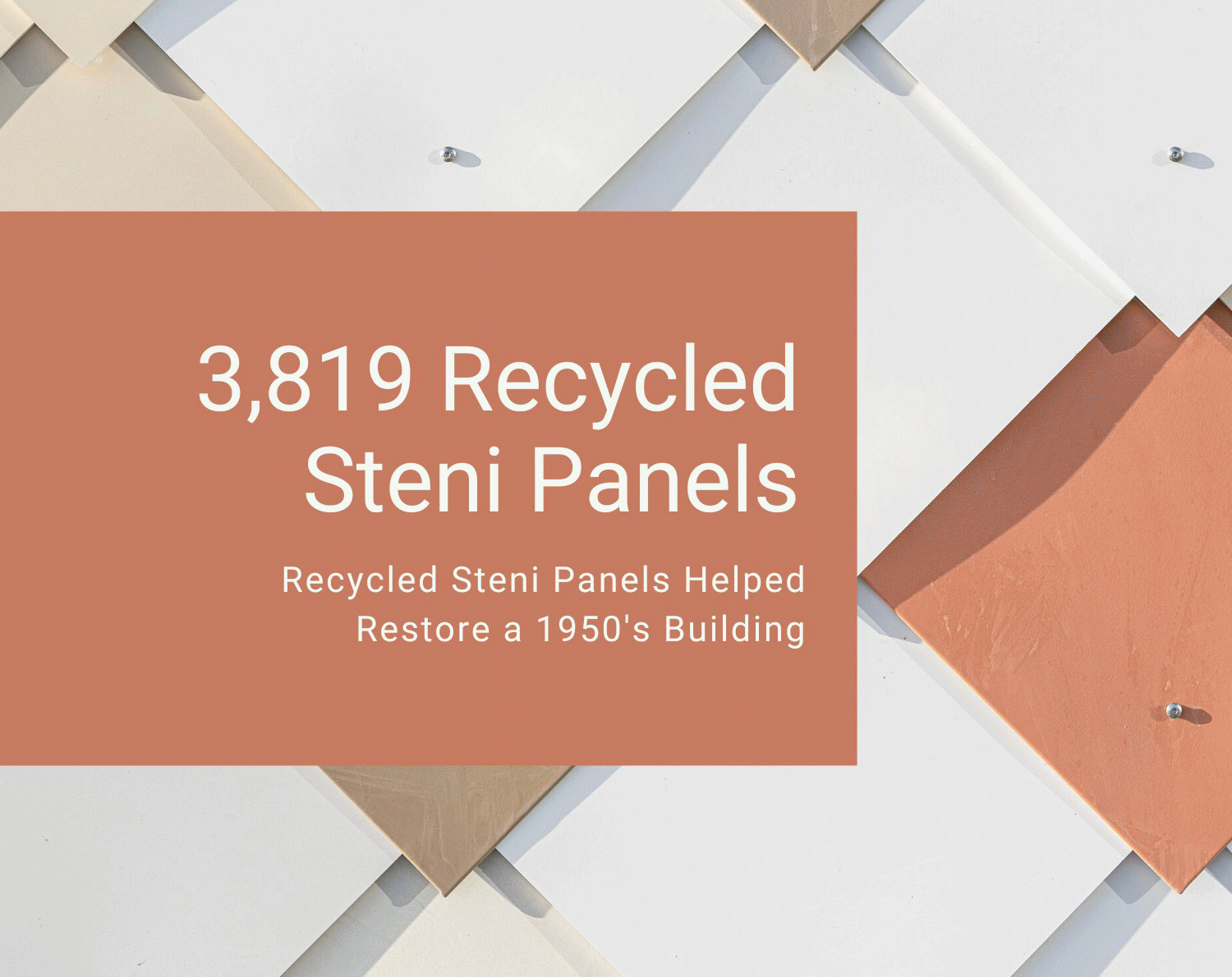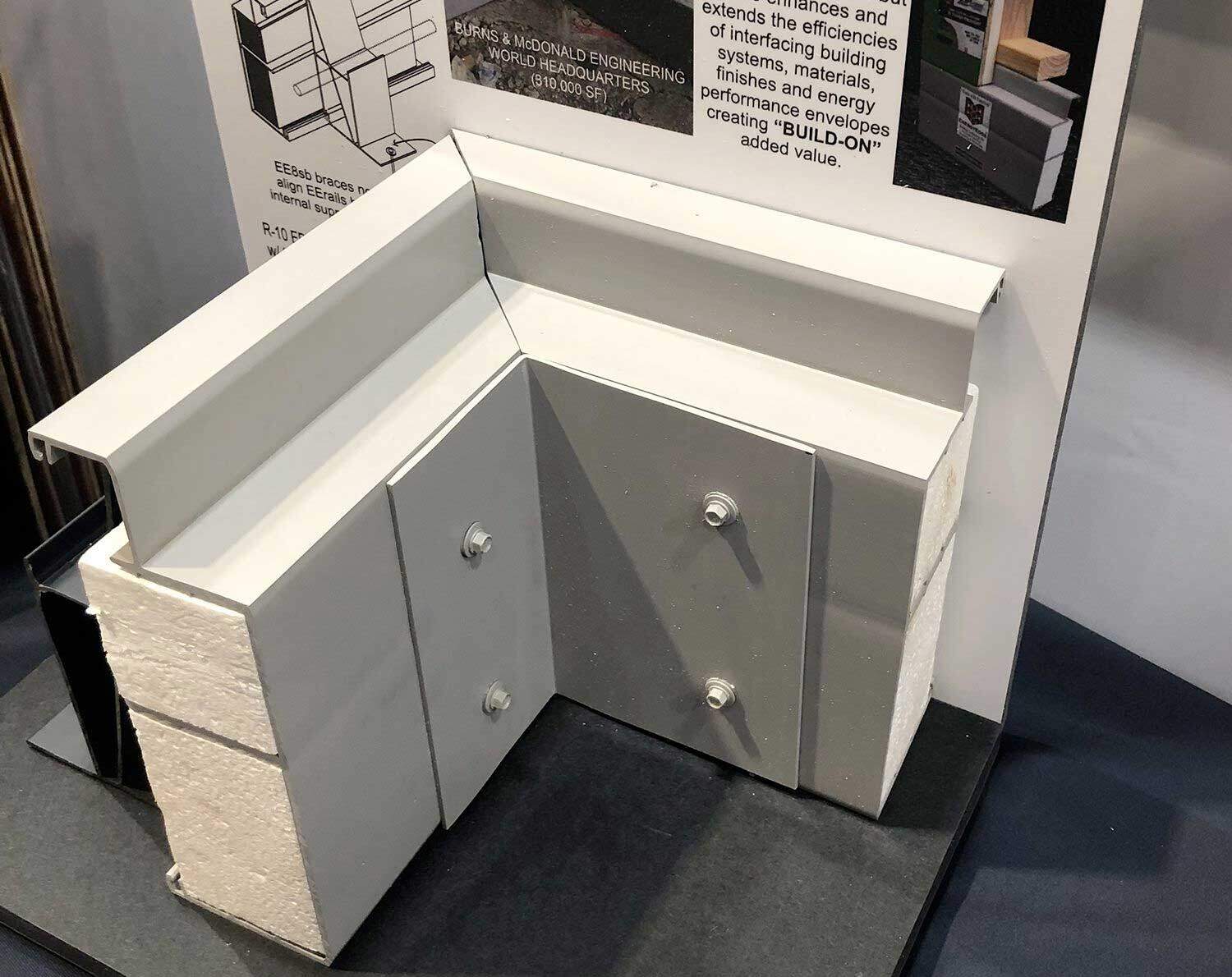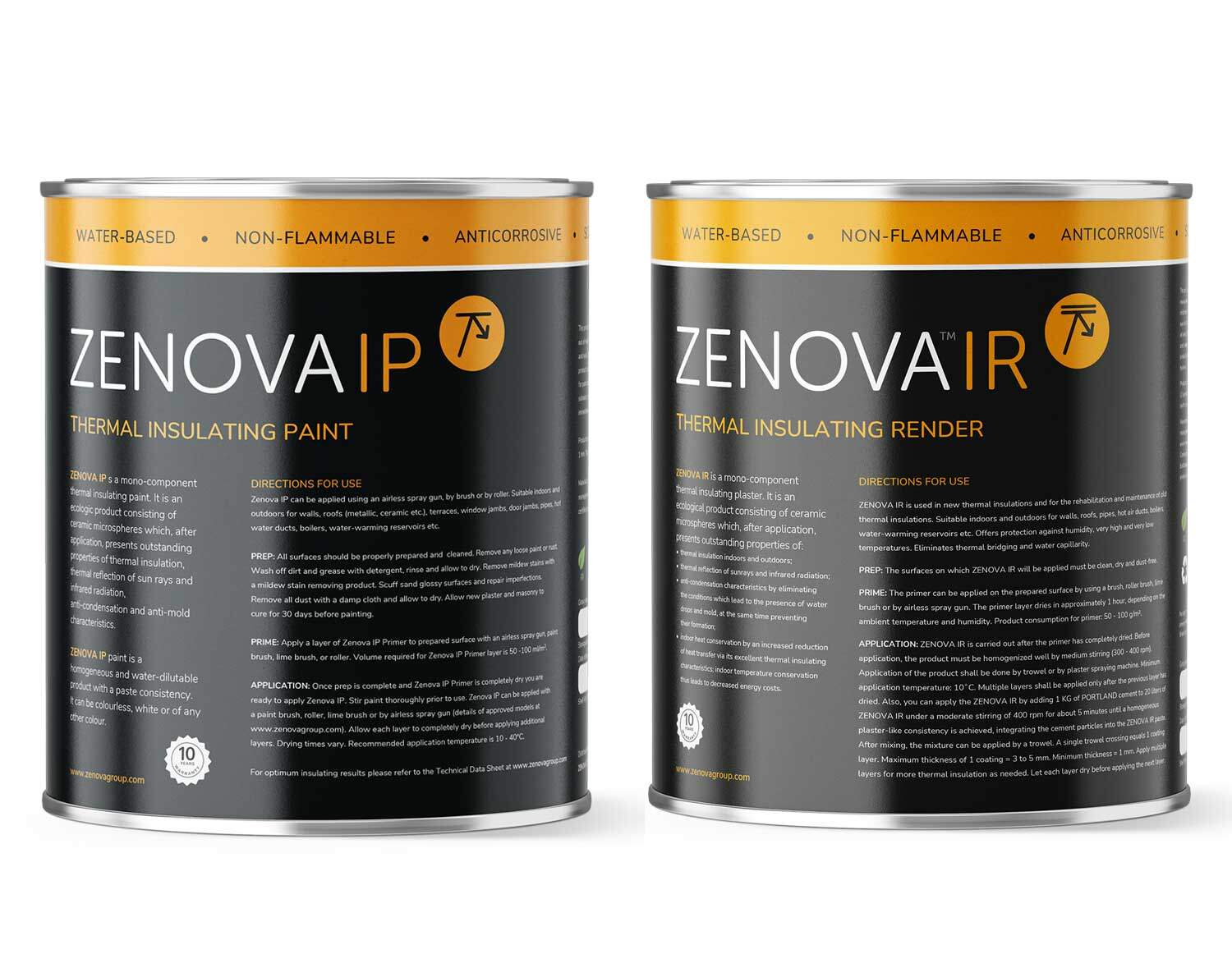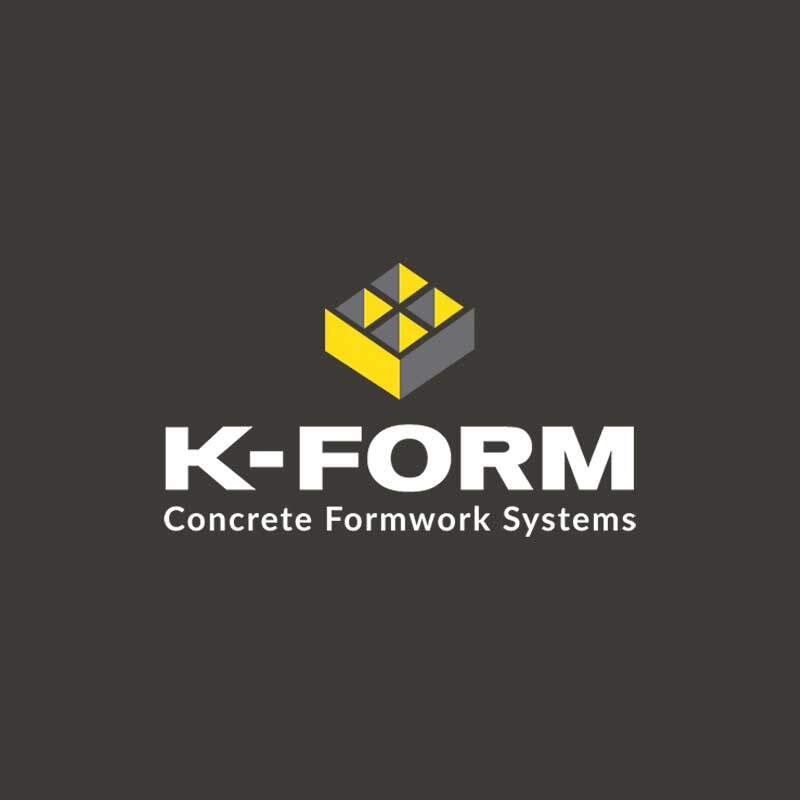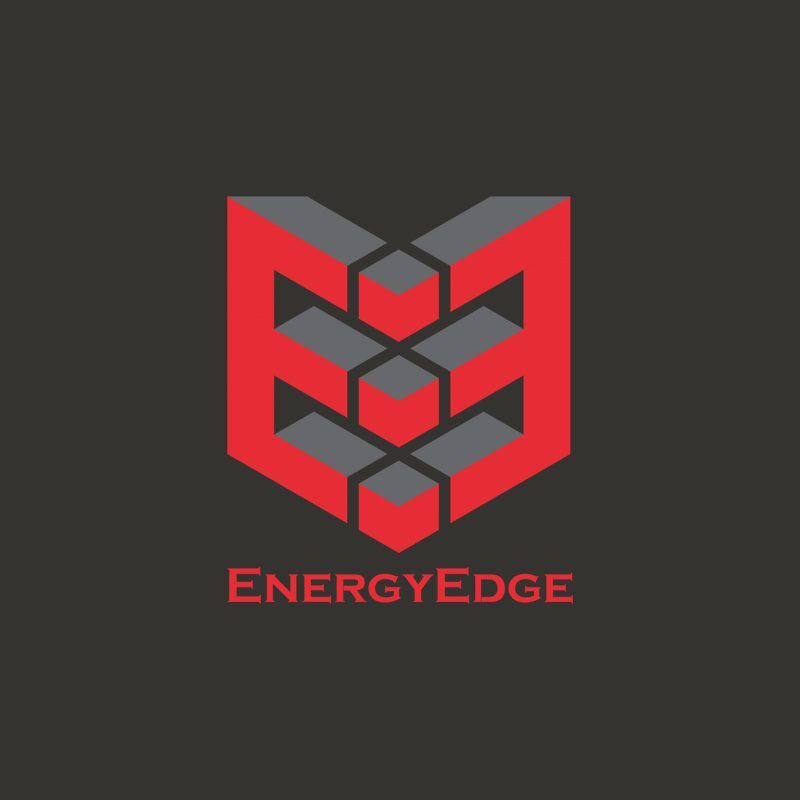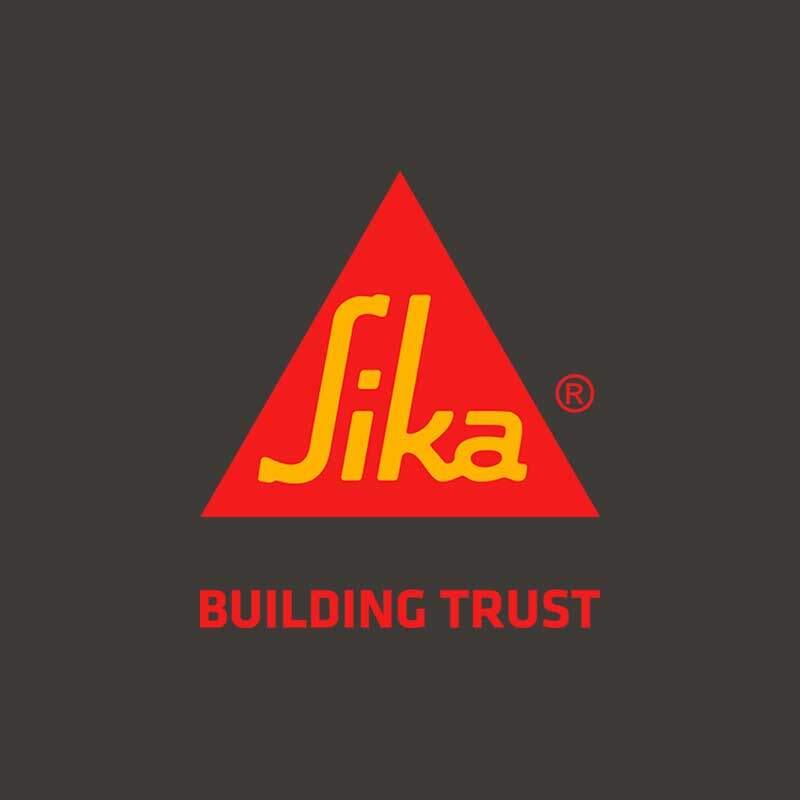How Omnis Products Help Reduce Embodied Carbon
According to a report by the Carbon Neutral Cities Alliance, buildings and construction are responsible for 39% of carbon emissions today. The embodied carbon of buildings accounts for a greater share of global carbon emissions. If we don’t address embodied carbon emissions, by 2060, embodied carbon emissions may exceed 230 gigatons, which is more than six years of current (2022) global emissions from fuel combustion.
Buildings built in the coming years will still be standing in 2050, and are likely to contribute to at least 11% of current emissions.
Omnis helps architects reduce embodied carbon during the planning and construction process.
Steps to address CO2 emissions during the planning stages of new building projects.
1. Reuse buildings instead of constructing new ones.
Steni incorporates environmental sustainabilityin the production, processes, and distribution of its rainscreen panels by minimizing the negative environmental impact. Steni Composite Stone Panels have a 60-year warranty and an expected lifetime of 100 years.
Recycled Steni Panels:
A 1950s building in Oslo threatened with demolition was purchased by a real estate company. The company wanted to renovate the building according to circular construction principles. The recycled materials used in the renovation included concrete floor slabs, grille panels, and 3,819 35-year-old recycled Steni Composite Stone Rainscreen panels.
“The Steni engineered stone façade panels from the 35-year-old housing association were cut and adapted to match the dimensions needed for the renovation project. In all, we delivered 3,819 processed panels,” says Ståle Kristiansen, Regional Manager and project management at Steni. “The Kristian Augusts Gate 13 project is the ultimate example of how important wear, resistance and durability of Steni Panels are for sustainability and the environment.”
2. Maximize structural efficiency.
EnergyEdge® Permanent Insulated Concrete Edge Formwork is a leave-in-place concrete perimeter formwork that provides protected rigid perimeter insulation around the edge of the concrete slab. The end result is an aesthetically superior concrete edge that is thermally isolated at its transition from below grade to the wall.
- EnergyEdge® formwork system insulates slab and foundation edges, meeting the requirement for concrete slab edge insulation (SEI) and ICC building and energy codes.
- EnergyEdge® rails are extruded PVC “E”-shaped rails with high-density R-10 EPS insulation
3. Maximize thermal insulation.
ZENOVA IP + IR Thermal Insulating Coatings save energy by increasing the thermal insulation level in commercial and residential buildings. Solar heat can increase the temperature within a building by 75% to 90%. ZENOVA IP+IR have been independently tested and shown to deflect, absorb, and dissipate up to 75% of this heat, reducing the inside temperature by up to 45%.
ZENOVA IP + IR also have thermal reflection, anti-condensation, and anti-mold properties. The coatings can be used on any exterior (IR) and interior (IP) surface to provide insulation against cool and hot environments, as well as protect against thermal and infrared radiation.



